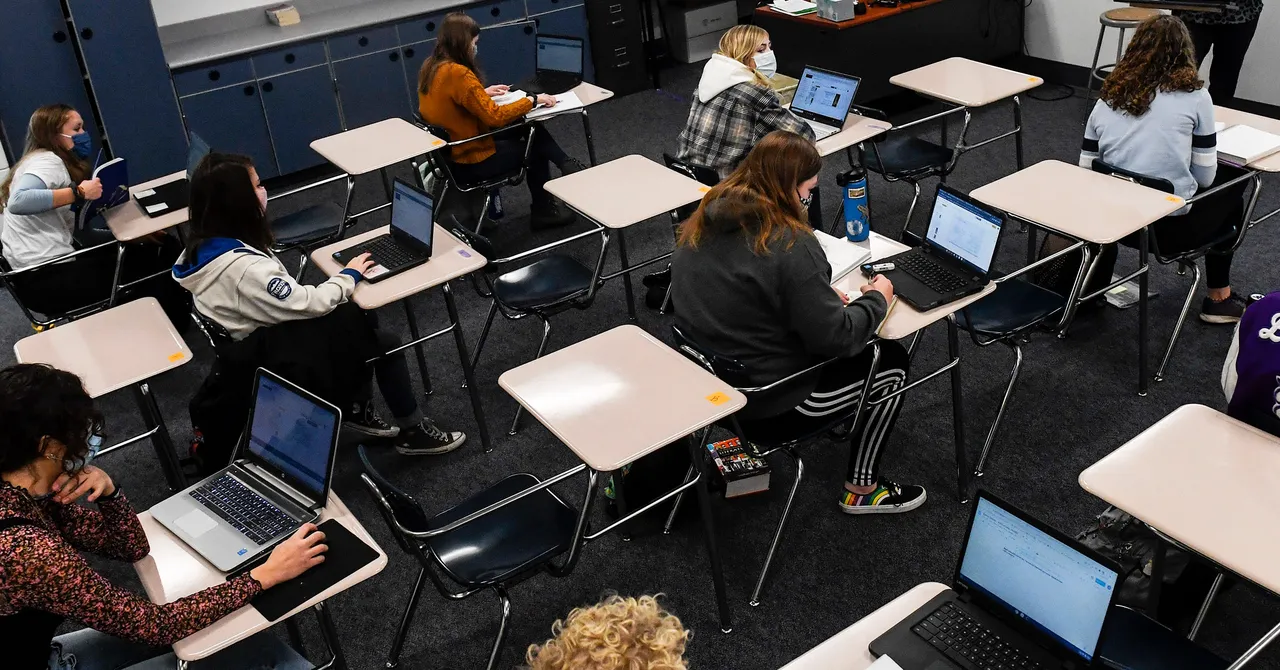Table of Contents Show
For students across generations, a teacher cueing up a movie on a smart board (or, for those of us who are a bit older, rolling out a tube television on a cart) is one of the most exciting moments in school. But what if watching movies, listening to music, or reading a comic book was not limited to just a special treat among the usual curriculum?
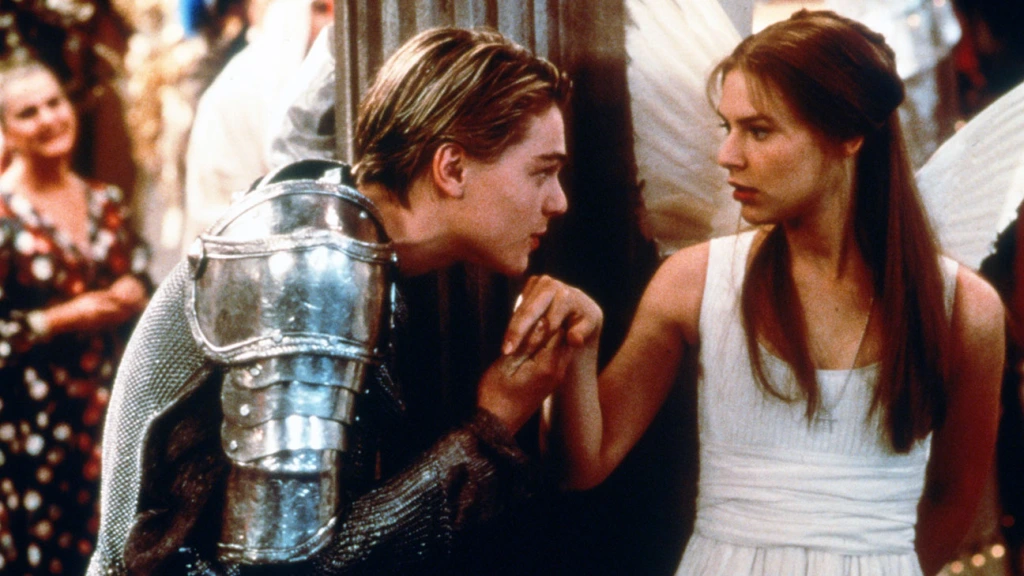
Using pop culture as an educational tool is a well-accepted practice, such as pairing the classic Romeo and Juliet with Baz Luhrmann’s Romeo + Juliet (1996) or the animated spin-off film Gnomeo and Juliet (John Stevenson & Kelly Asbury, 2011). However, across the world, classes that focus on popular culture as texts worthy of academic study have cropped up in colleges and universities.
These classes use the same analytical skills as your average high school English class; so why shouldn’t high schools offer their own classes about the significance of popular culture?
Building A Curriculum In Higher Education
Pop culture classes are capable of creating an entire curriculum focused on analysis, writing, and synthesis skills. While fandom can act as a supplementary tool in multiple majors, it is important to note that pop culture studies, media studies, and fan studies are areas of academic study in their own right. The inclusion of these courses creates more opportunities for students to demonstrate their understanding and become acquainted with more obscure academic fields.
Ohio State University offers classes in Pop Culture Studies across majors such as English, History, World Languages, and Music (( Ohio State University. Popular Culture Studies: Courses. 2023. )). These classes include “Zombies: Anthropology of the Undead,” “Introduction to Video Games Analysis,” and “Vampires, Monstrosity, and Evil: From Slavic Myth to Twilight.” DePaul University not only offers a minor in Fandom, Cult Media, and Subcultures Studies but also acts as the host organization for Fan Studies Network-North America.
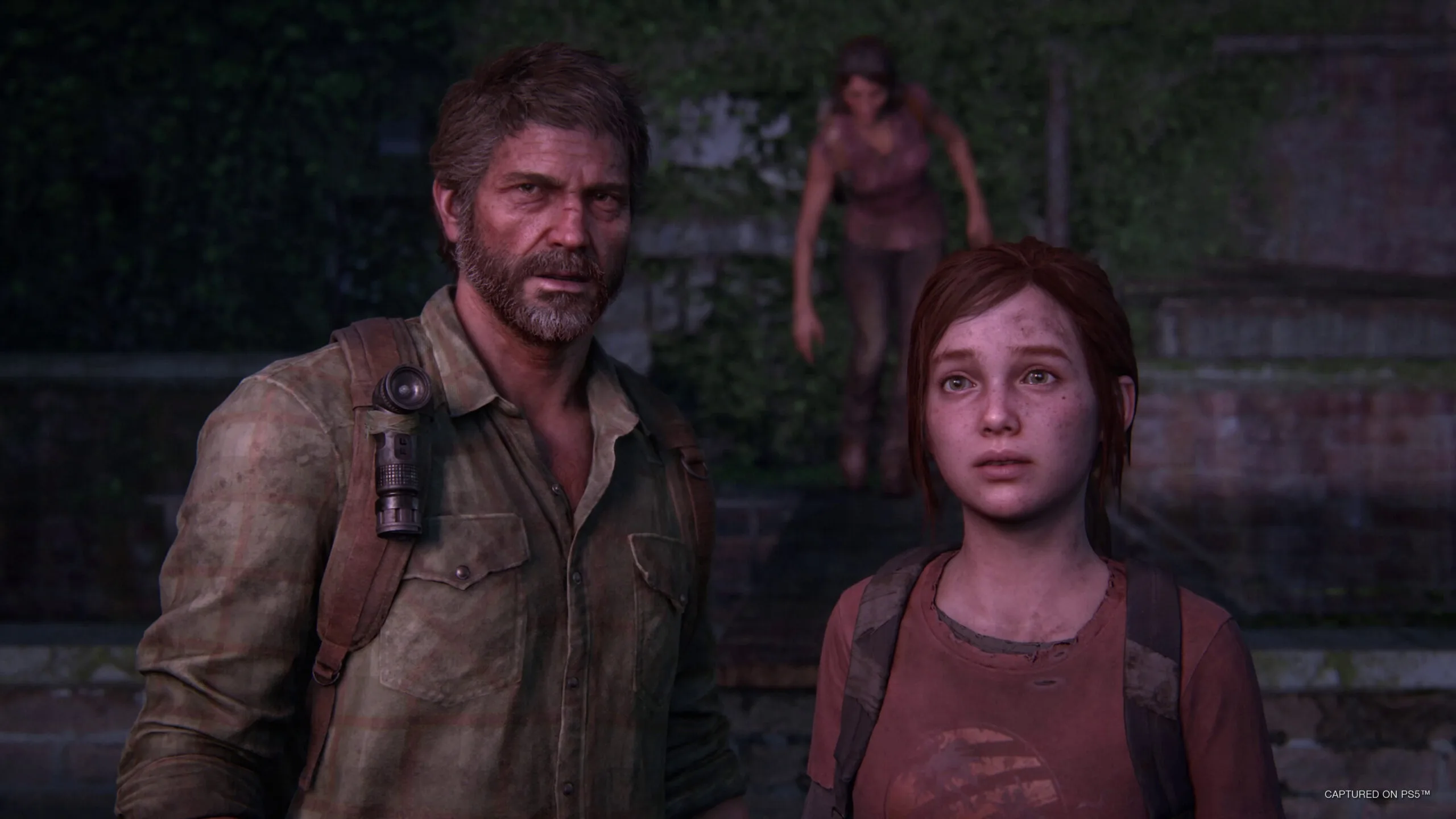
Other universities, such as Bowling Green University (( Bowling Green University. “Ray & Pat Browne Library for Pop Culture Studies.” 2023. )), host special collections in their libraries dedicated to pop culture. Not only do these libraries support the use of fandom as a curriculum and offer students the chance to work with cultural artifacts, but they also play an important role in preserving popular culture for future generations.
By applying the background and cultural knowledge at the college level to otherwise “traditional” courses (zombies as anthropology, video games as text analysis) into richer, more contemporary outlets. For many students, fandom and popular culture are one of the few ways to apply their education in aspects of their life outside of school or their immediate career.
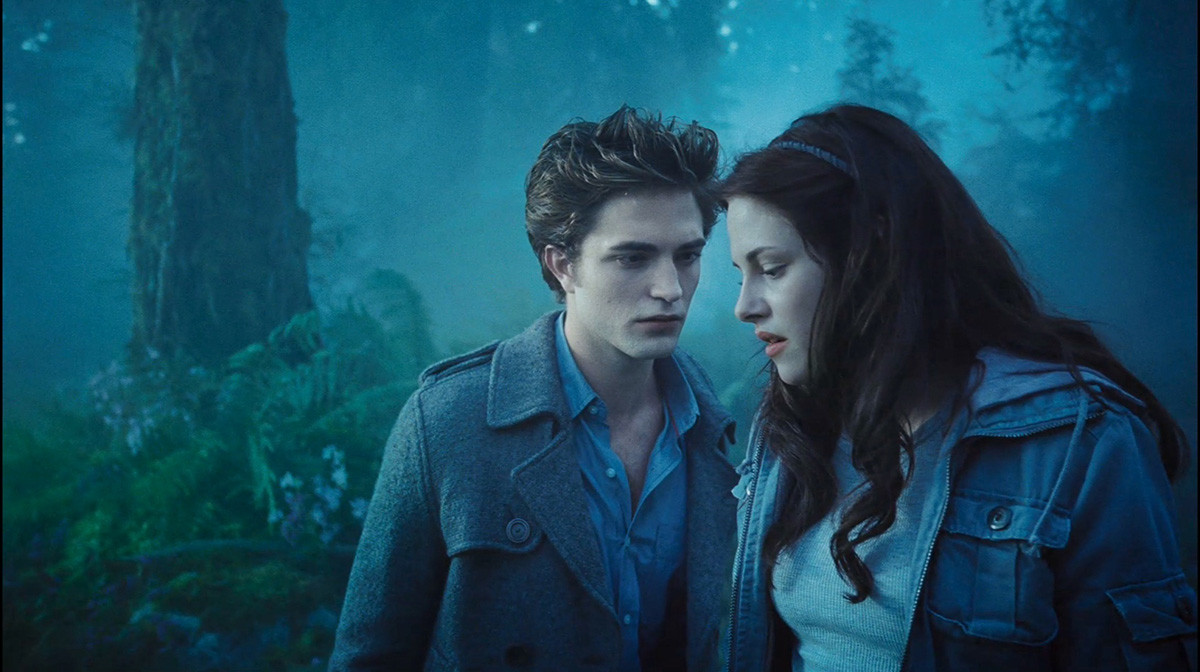
Bringing a fandom-centered curriculum to the middle and high school levels can open up early opportunities to apply knowledge, but also demonstrate to students that their lives are regularly influenced by their education.
The Benefits Of Fandom In Education
University classes focused on popular culture also provide the same base skills as are defined in the common core using pop culture. Students in an English I class could practice identifying themes and characterization as well as writing creative and informative works based on an element of popular culture, the same as they would for classic texts. The same applies to classes outside of ELA too, such as using classic superhero comics in American History classes or watching Jurassic Park (Spielberg, 1993) in Biology.

Fandom offers a wide variety of benefits to students, educators, and school-wide culture. At a time when public education is in jeopardy, and students are struggling at significantly higher rates than in the past — it might be time to reconsider what a curriculum can look like and look at the benefits of using fandom in schools.
Learning Languages
The use of popular culture is shown to benefit English Language Learners by creating an environment where fun and creativity are given more attention. According to educator Amy Curlletto:
ESL students benefit from hearing English from many different sources, not only their teacher. These students are often reluctant to speak, so movie and TV clips can be used as a springboard to get students excited and get them talking.
(( Curelleto, Amy. Pop Culture in The Classroom: How & Where to Incorporate It. James Stanfield. ))
Movies and TV are fun and familiar to students. They take a lot of pressure off students to what is often considered “proper” or “academic” English by validating the use of speech and language in multiple ways.

Movies and TV also introduce students to a wider pallet of vocabulary, accents, and vernacular. For anyone learning a second language (not just English Language Learners), you most often hear the language spoken by teachers and peers. Pop culture offers an opportunity to hear a language spoken by multiple native speakers in different contexts. The same also applies to music, in which language is accompanied by other devices such as rhyme and rhythm.
Student Engagement
Though pop culture-based classes may come with a stigma that students will simply brush off the work and only watch movies, those assumptions are not entirely true. While there will always be students who avoid doing classwork, using tools like movies and TV can be a great motivator.
A survey completed by Common Sense Media in 2021 states:
“Between 2019 and 2021, the total amount of screen media used each day went from 4:44 to 5:33 among tweens, and from 7:22 to 8:39 among teens.”
(( Rideout, Victoria., Peebles, Alanna., Mann, Supreet., & Robb, Michael. B. Common Sense census: Media use by tweens and teens, 2021. San Francisco, CA: Common Sense. ))
With the amount of time that students already spend on social media or watching Youtube videos or movies, it makes sense for educators to use similar tools to hold student attention.
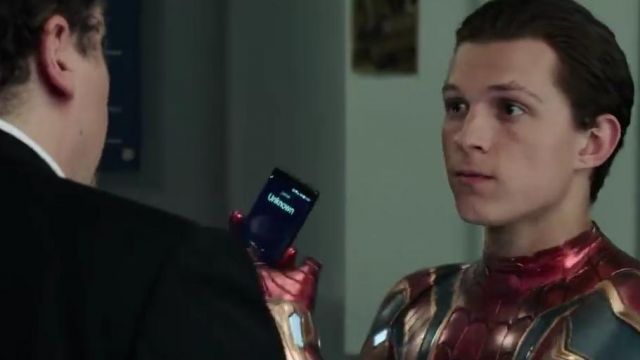
Students also respond better to information when it meets their prior interests, strengths, and background knowledge. While not all students share the same fandoms or interests, using pop culture as a curriculum gives them opportunities to expand their interests and try new things. Creating classes that use a variety of texts can offer students the ability to make intentional choices in how they engage with their learning and each other.
Empathy
Media culture has always played a role in how we as individuals, and as a society, develop empathy. Engaging with film, television, music, video games, and literature exposes us to people outside of our typical worldview. We are both influenced and limited by our culture: where we live, our age, and our religion. It can be difficult to feel genuine empathy for someone whose experiences we are unable to relate to.
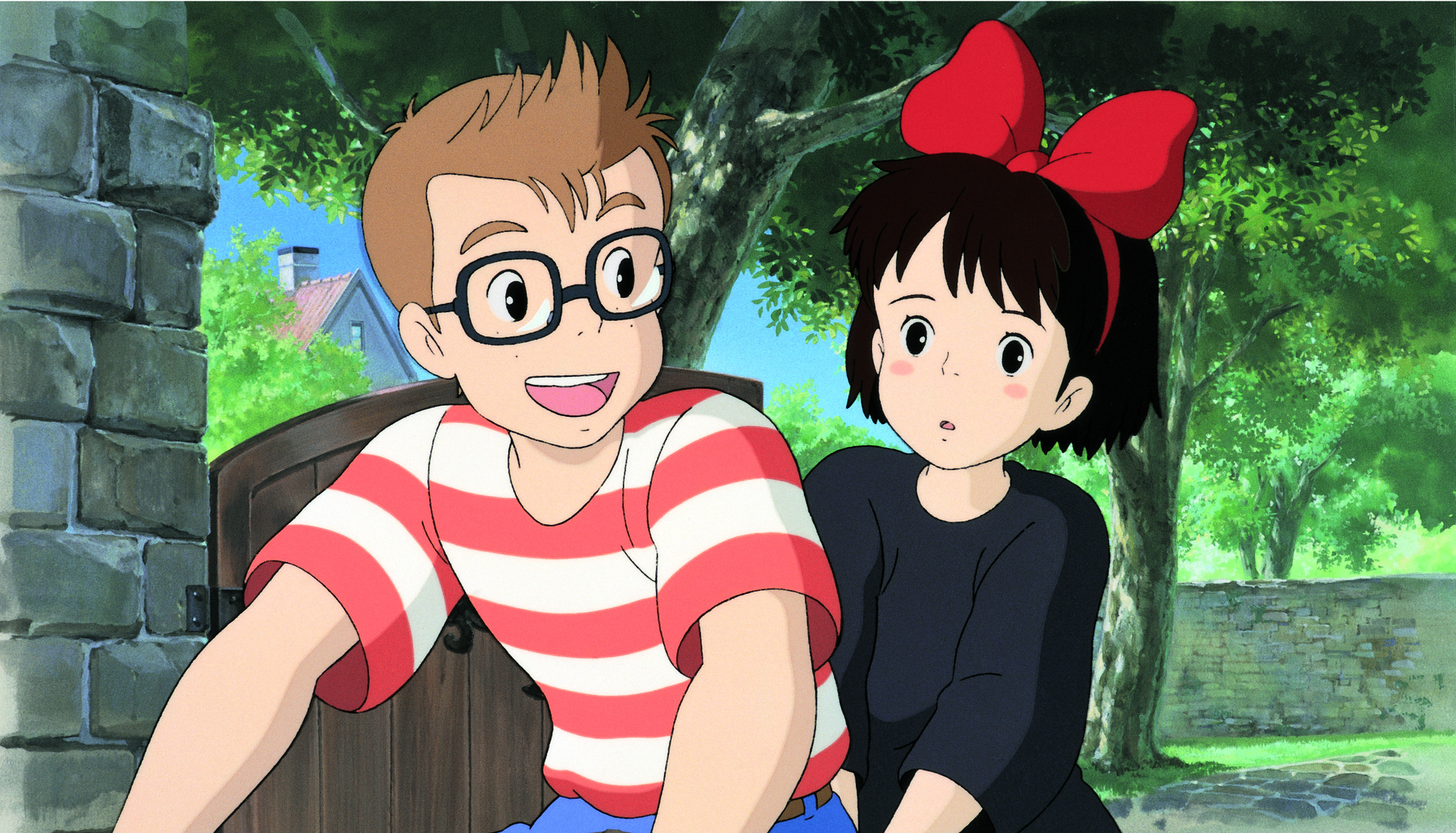
For students of all ages, empathy is a skill that they are still learning to cultivate. School remains the place in which students have the most engagement with people who may not share their immediate views. The ability to learn and practice how to have compassion and respect for another person’s feelings and experiences is necessary for both social and academic development. (( Owens, Lauren. Empathy in the Classroom: Why Should I Care? Edutopia. November 11, 2015. ))
Engaging students in storytelling that exposes them to new ideas or projects them into the mind of another character can help them learn empathy. Building classes around engaging with different characters in different formats could be the key to students learning empathy. The ability to feel compassion for one another (and for themselves) is vital to creating a healthy learning environment.
Building Fandom (As A Class)
There are some obvious ways to make fandom stand alone as a curriculum. The humanities, especially, are able to rely on pop culture as tools for critical and cultural analysis. Film classes analyze a variety of techniques from script, to costume, to editing. Literature classes are also fandom classes in that they use popular texts as tools for practicing critical thinking (even if those texts are super old). Fanfiction classes can serve as a combination of creative writing, analysis, and communications for secondary students.
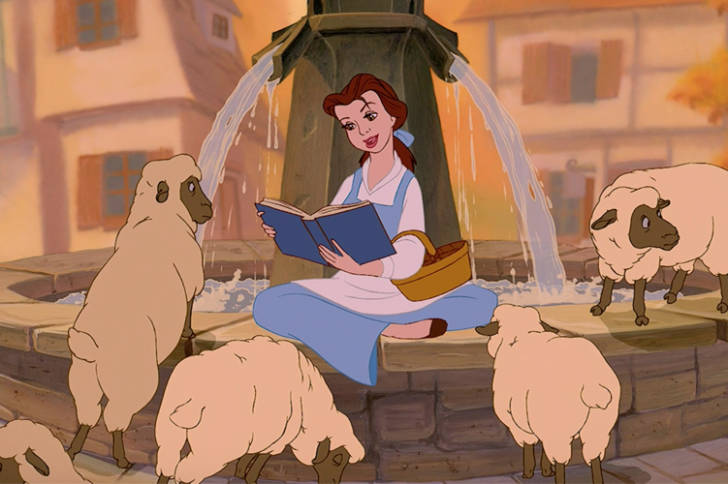
In the hard sciences, educators may want to consider including classes on science fiction (( Brajer, Jessica. Sci-Fi Movies That Are Actually Scientifically Accurate. MovieWeb. January 10, 2023. )) in which students learn about scientific accuracy in the industry and perform experiments related to the film at hand. Biology and anatomy classes can postulate on astrobiology, and study the origins of life on Earth and how that life may be different on other planets through the use of popular films and comics like Alien or Superman.
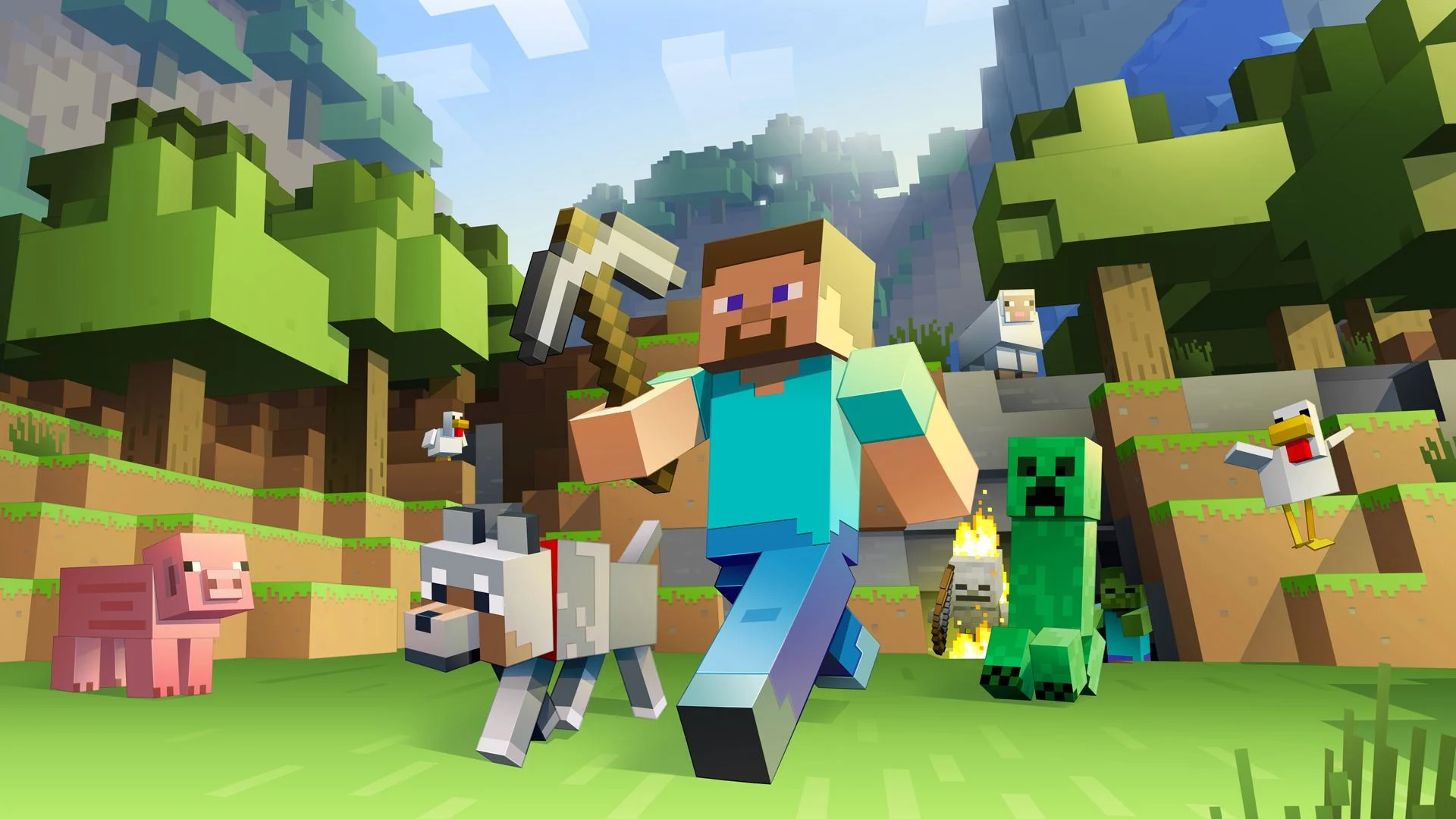
Fandom can also find its way into mathematics and engineering. From learning how the rollercoasters at Disney World are built in a class on theme park engineering, to an entire class on probability and statistics using Dungeons and Dragons, the opportunities start to appear limitless. Minecraft has previously launched Minecraft Education as a tool for educators in primary education — so why not build up to secondary ed? (( Minecraft Education. New Study: Understanding the Impact of Minecraft in the Math Classroom. 2019. ))
The Fandom Of The Future?
Fandom curriculum could not entirely replace traditional classroom learning or activities, but it would make an exciting and useful option for extracurricular classes for students of all levels. The way of the future in secondary education is to blend modern culture with traditional practices.
The best way to demonstrate the value of an education is to extend beyond the grade book and demonstrate to students how the knowledge and skills they pick up in middle and high school are present even in the most unassuming of places.
